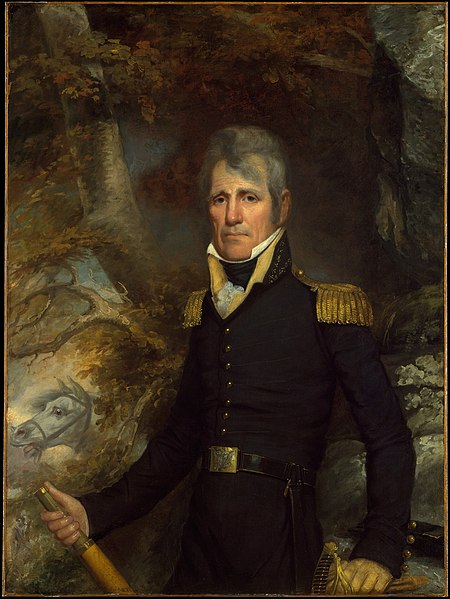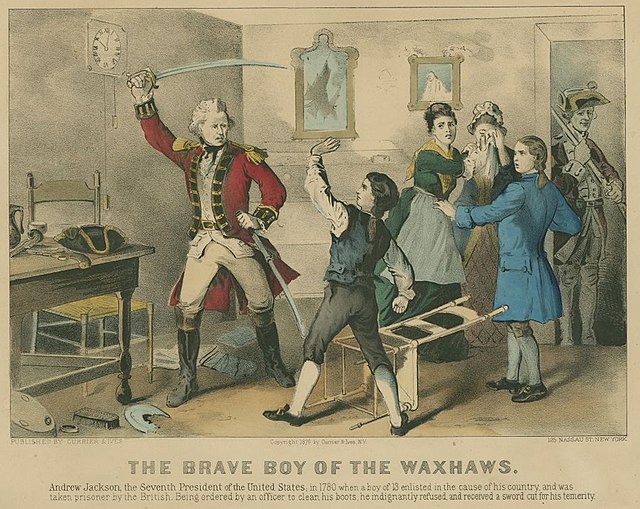The Indian Removal Act of 1830 was signed into law on May 28, 1830, by United States President Andrew Jackson. The law, as described by Congress, provided "for an exchange of lands with the Indians residing in any of the states or territories, and for their removal west of the river Mississippi". During the presidency of Jackson (1829–1837) and his successor Martin Van Buren (1837–1841) more than 60,000 Native Americans from at least 18 tribes were forced to move west of the Mississippi River where they were allocated new lands. The southern tribes were resettled mostly in Indian Territory (Oklahoma). The northern tribes were resettled initially in Kansas. With a few exceptions, the United States east of the Mississippi and south of the Great Lakes was emptied of its Native American population. The movement westward of indigenous tribes was characterized by a large number of deaths occasioned by the hardships of the journey.

President Andrew Jackson called for an American Indian Removal Act in his first (1829) State of the Union address.
Andrew Jackson was an American lawyer, planter, general, and statesman who served as the seventh president of the United States from 1829 to 1837. Before his presidency, he gained fame as a general in the U.S. Army and served in both houses of the U.S. Congress. Often praised as an advocate for ordinary Americans and for his work in preserving the union of states, Jackson has also been criticized for his racial policies, particularly his treatment of Native Americans.
Portrait c. 1835
General Andrew Jackson, an 1819 portrait by John Wesley Jarvis now housed at Metropolitan Museum of Art in New York City
The Brave Boy of the Waxhaws, an 1876 Currier and Ives lithograph depicting a young Andrew Jackson defending himself against a British officer during the American Revolutionary War
Portrait of Jackson's wife Rachel, 1823 by Ralph Eleaser Whiteside Earl now housed at The Hermitage in Nashville





